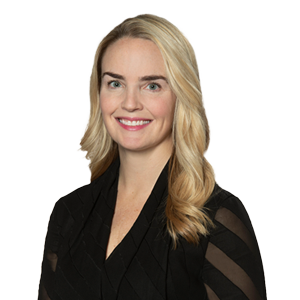On May 22, 2017, the US Supreme Court disrupted nearly three decades of patent venue practice by reversing the "Federal Circuit in TC Heartland v. Kraft Foods." The Supreme Court’s decision in TC Heartland significantly restricts where patent litigations can be filed—and sets the stage for an influx of cases here in Delaware.
In 1990, the Federal Circuit held that venue in patent cases includes any district that would have personal jurisdiction over the defendant corporation. This rule had essentially allowed patent holders to bring infringement actions in any district where the defendant made sales. Over the years, this led to a surge in patent litigation filings in the Eastern District of Texas—currently more than one-quarter of patent litigations are filed there—as many observers felt that the Eastern District is favorable to patent holders.
But in overturning the Federal Circuit’s long standing precedent in TC Heartland, the Supreme Court returns to a significantly narrower venue test. Now, a patent infringement action against a US corporation may only be filed either (1) in the district where the defendant is incorporated or (2) in a district where the defendant has an established place of business and has allegedly committed acts of infringement.
Given that more US corporations are incorporated in Delaware than in any other state, the first test means that many new cases which, prior to the Supreme Court’s decision, may have been filed in the Eastern District of Texas (and elsewhere around the country), now will be heading to the First State. Fortunately, the District of Delaware is well-equipped to meet the challenge.
Delaware has been the second-busiest patent district in the country, behind the Eastern District of Texas, for years. The district has seen its share of complex, multi-party patent cases in a range of industries.
The judges in Delaware are well-versed in patent law, and patent cases proceed in an organized, timely manner. Litigators can expect a courteous, but no-nonsense and formal, approach from the court. Further, Delaware has the legal infrastructure to accommodate high-level patent litigation.
The District of Delaware currently has four judgeships but, as of May 1, 2017, has two judicial vacancies that the Court is hopeful will be filled in a timely manner. In addition, three magistrate judges handle much of the discovery and court-appointed mediation in patent cases. They do so with great skill, and have little tolerance for gamesmanship in discovery proceedings.
According to the PwC 2017 Patent Litigation Study, the District of Delaware ranked as the most favorable venue for patent holders based on data from 1997-2016. The ranking was based on an average of four key metrics: number of identified decisions, median time-to-trial, overall success rates, and median damages awards. Delaware ranked first in number of identified decisions (285), fifth in median time-to-trial (2.1 years), fourth in overall success rates (41%), and fourth in median damages awarded ($16 million).
Meanwhile, for defendant companies, the TC Heartland decision also may be a positive in combatting non-practicing entities (NPEs). Much of the patent litigation brought in the Eastern District of Texas comes from non-practicing entities. The PwC 2017 Patent Litigation Study reported that 38% of the Eastern District of Texas’s decisions from 1997-2016 involved NPEs, and the NPEs had a 49% success rate. One frequent strategy is to sue multiple defendants simultaneously in the Eastern District of Texas, whose local rules and standing orders can put pressure on defendants to settle. But the Supreme Court’s decision in TC Heartland will significantly limit the ability to sue there—where most defendants are neither incorporated nor have a regular and established place of business—thus reducing the effectiveness of this strategy.



